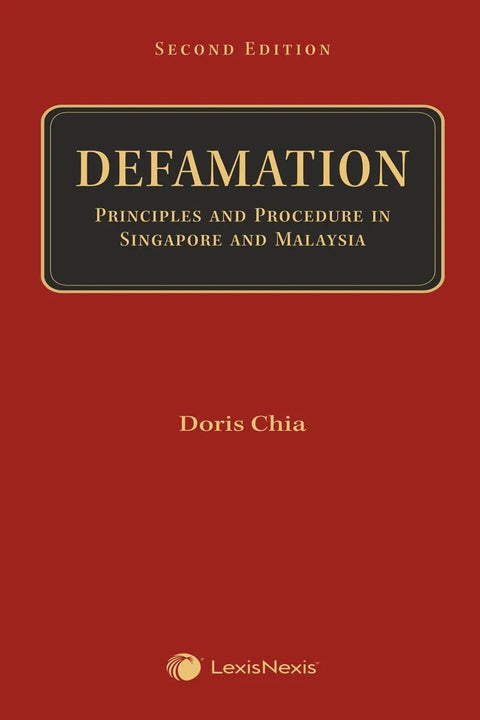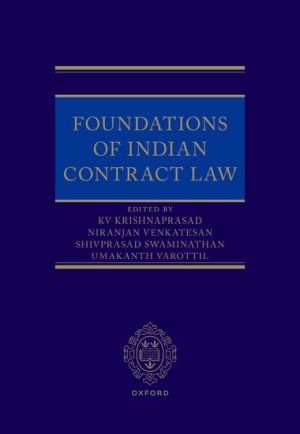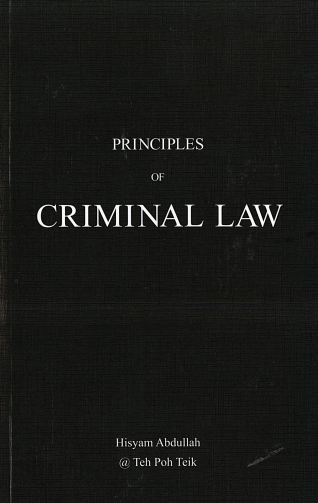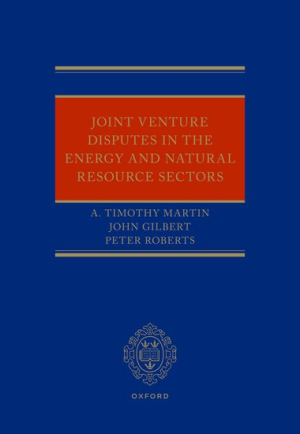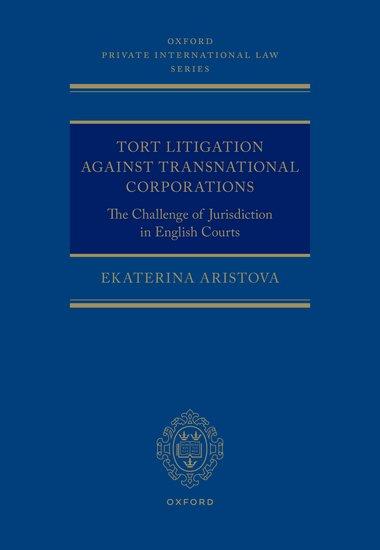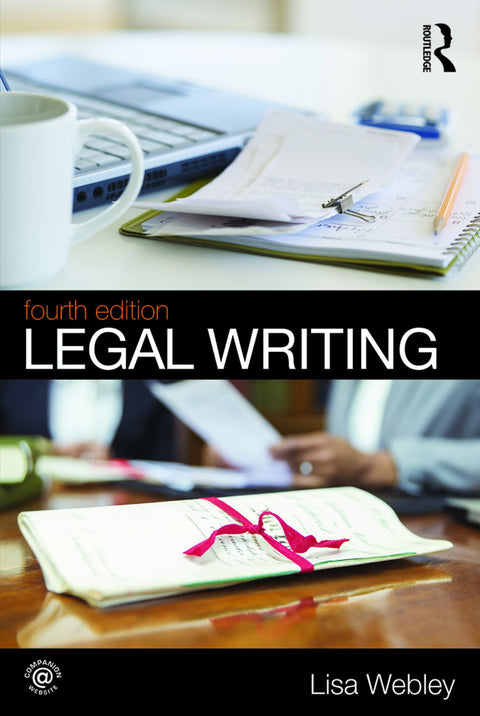


Legal Writing, 4th Edition By Lisa Webley | 2019
Legal Writing, 4th Edition By Lisa Webley
| Author | Lisa Webley |
| Publication Date | Mar, 2019 |
| ISBN | 9781543812138 |
|
Format |
Softcover |
| Publisher | Routledge |
Legal Writing takes students step by step through this crucial legal skill, covering everything from exam questions through final essays and problem solving. It looks at how to dissect essay and problem questions, as well as how to conduct and utilise legal research to solve problems.
Lisa Webley shows how to properly and accurately mention others' work, making this book a great aid for students concerned about plagiarism. It also focuses on how to develop critical thinking and express legal ideas, with examples of both good and terrible written work considered and addressed throughout the text.
Legal Writing is highly beneficial to undergraduate students, especially those who are just starting their studies, as well as GDL and CPE students.
Legal Writing, 4th Edition includes:
Guidelines for avoiding plagiarism, providing examples of bad and good behaviour.
There are worked examples throughout the text, as well as extra examples from across the legal curriculum on the companion website, providing assistance on understanding essay problems in exams and coursework.
Improved companion website with more revision suggestions to help students to assess their progress and connect more deeply with the book's contents.
Legal Writing, which is clearly written and easy to use, allows students to completely engage with essay and exam writing as a necessary component of their undergraduate degree.
TABLE OF CONTENTS of Legal Writing, 4th Edition
Part 1: Legal Rules and Their Sources
2. Inside a Rule of Law
3. More about Rules
4. Analyzing a Statute
5. Analyzing a Judicial Opinion
6. Reading a Case for Issues, Rules, and Determinative Facts
7. Policy and Why Courts Care About It
8. Selecting the Right Authority
9. Working with Statutes
10. Working with Cases
Part 2: The Process of Writing
11. Getting to Know Yourself as a Writer
12. Inside the Process of Writing
13. How Professional Writers Plan Their Writing
Part 3: Office Memoranda
14. Writing an Office Memorandum
15. Interviewing the Client
16. Predictive Writing in an Office Memorandum
Part 4: Organizing Analysis
17. CREAC: A Formula for Structuring Proof of a Conclusion of Law
18. Varying the Sequence and Depth of Rule Explanation and Rule Application
19. Advanced CREAC: Organizing More Than One Issue
20. Working with CREAC in First Drafts and in Later Drafts
Part 5: Working Effectively with Details
21. Writing Effective Paragraphs and Sentences
22. Effective Style: Be Clear, Vivid, and Concise
23. Citing and Quoting Authority
Part 6: Informal Analytical Writing
24. Advising and Counseling the Client
25. Client Letters
26. Electronic Communication
Part 7: The Shift to Persuasion
27. What Persuades a Court?
28. Writing a Motion Memorandum
Part 8: Telling the Client’s Story
29. The Statement of the Case in a Motion Memo or Appellate Brief
30. Developing a Persuasive Story
31. Telling the Story Persuasively
Part 9: Making the Client’s Arguments
32. The Argument in a Motion Memo or Appellate Brief
33. Point Headings and Subheadings
Part 10: Appellate Briefs and Oral Argument
34. Appellate Practice
35. Writing the Appellate Brief
36. Handling Standards of Review
37. Questions Presented
38. Making Policy Arguments
39. Oral Argument
Appendices
Index
Find more books like Legal Writing, 4th Edition: All books

Latest releases
Get your copy today!






